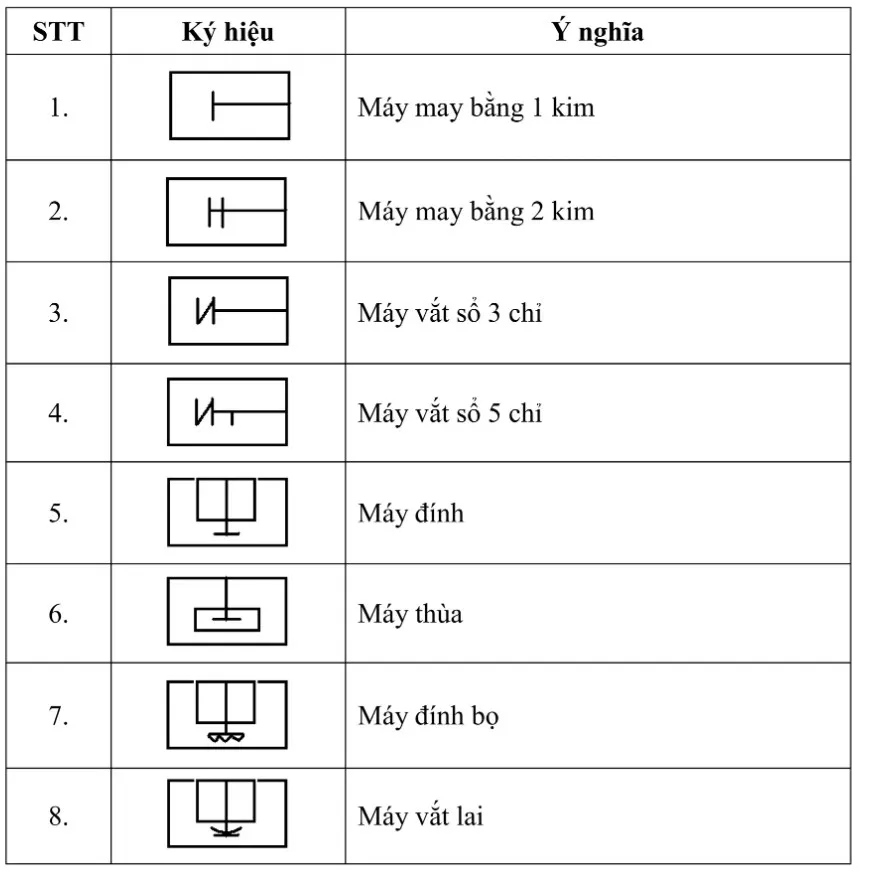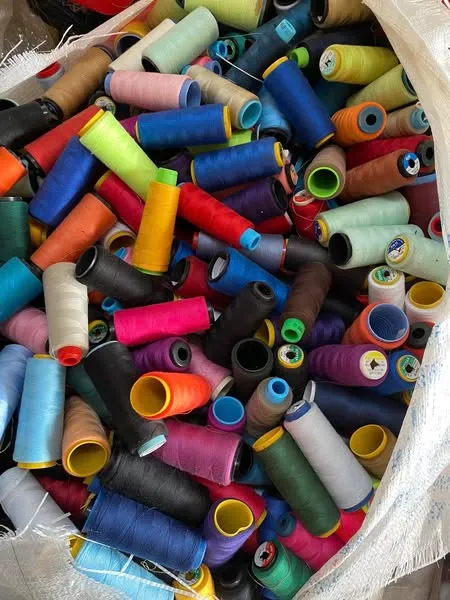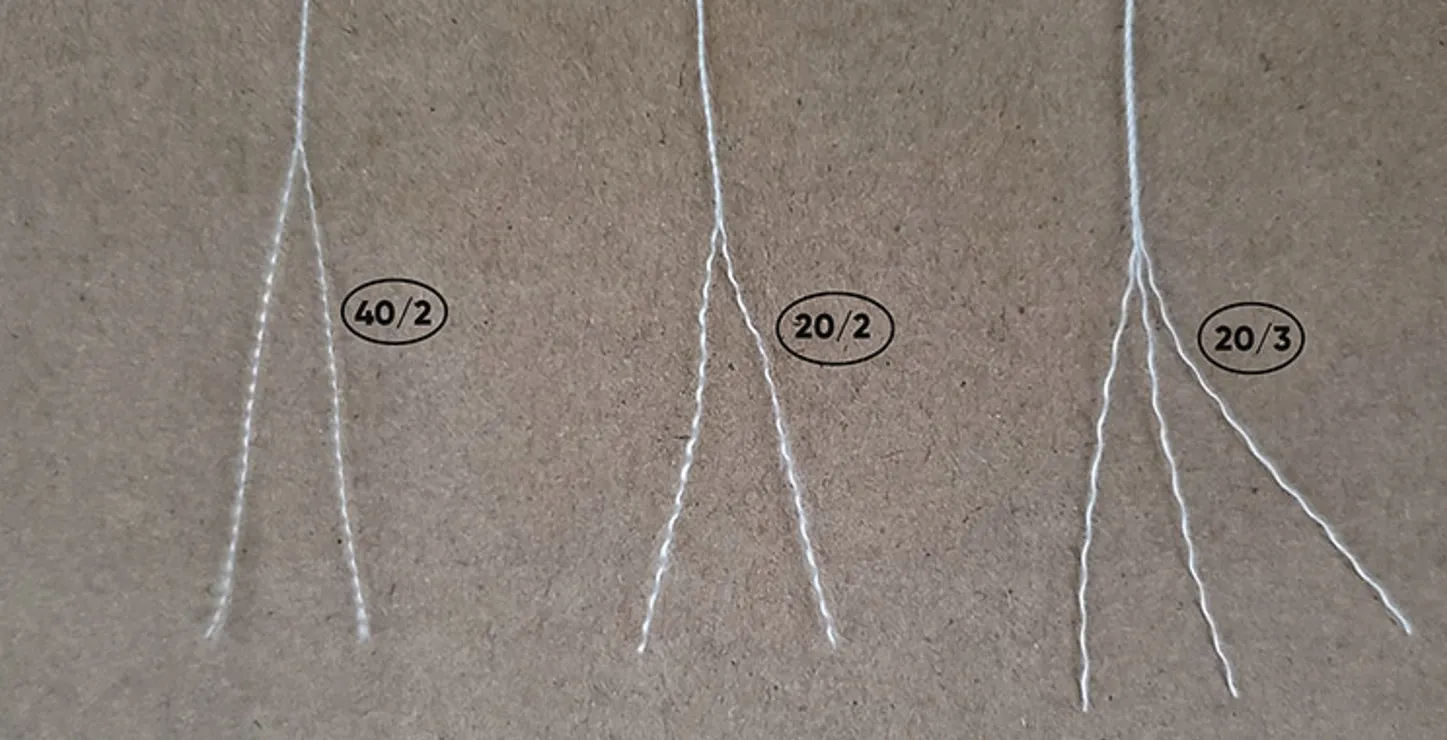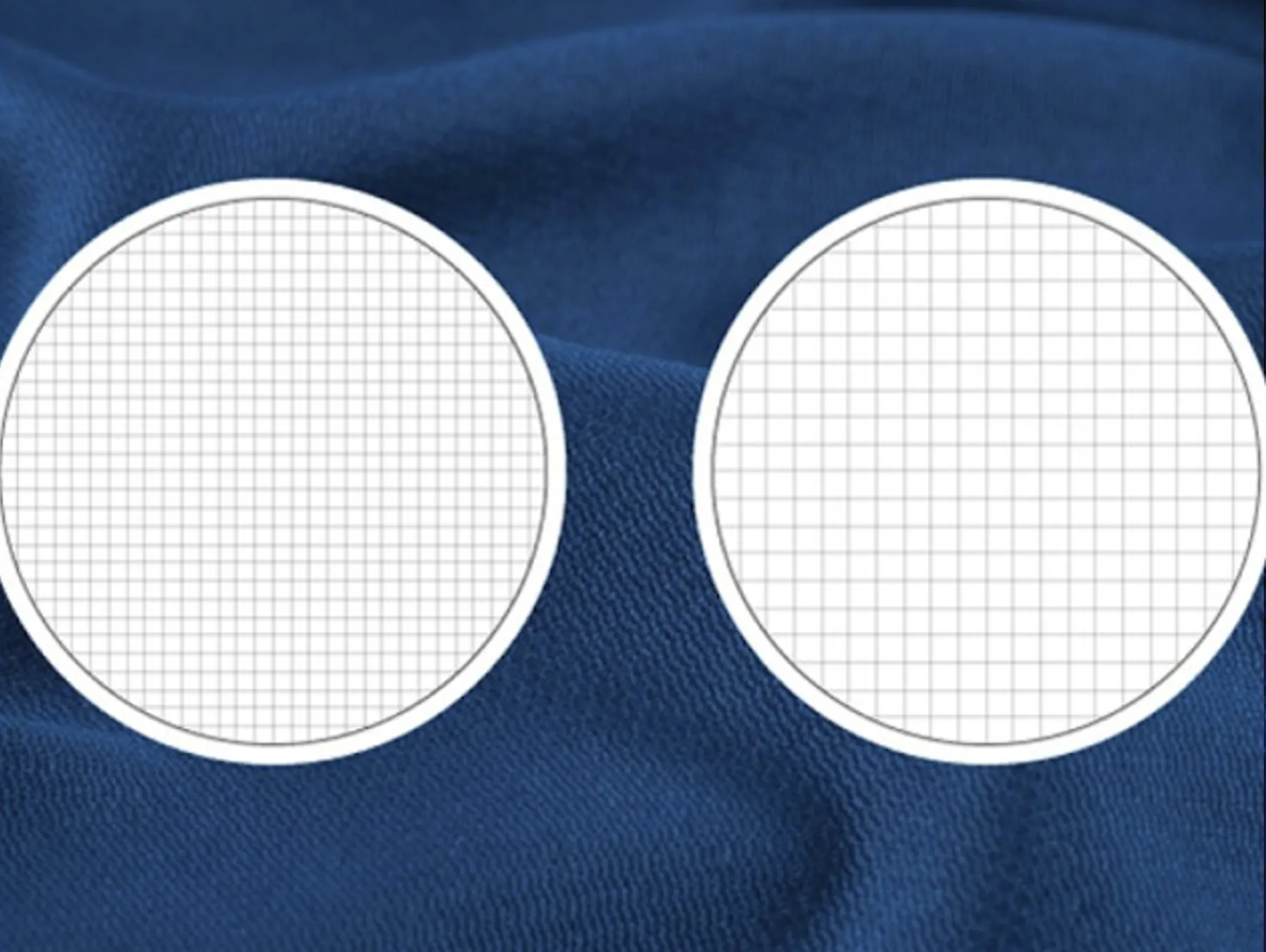
Cotton 60s is a fabric made from very fine cotton yarn. The higher the number, the finer the yarn and the smoother the fabric feels. This guide explains what “60s” really means, how it compares to “40s,” and where each works best. By the end, you’ll know which option fits your needs and budget.
Meaning of “60s” and “40s”
The numbers “40s” and “60s” describe yarn fineness. A higher count, like 60s, means thinner yarn and a finer weave. This often leads to a lighter, softer fabric compared with 40s. Understanding this simple idea helps you choose fabric with more confidence.
- The “s” in 40s or 60s stands for “count” in open end or ring spun yarn terms. In simplified terms, if one gram of cotton can be spun into 40 threads of 1 meter each, that corresponds to 40s; if it can be spun into 60 threads of the same length, that’s 60s.
- In practical textile terms: Yarn with a higher count (for example 60s versus 40s) means the yarn is finer, the weave can be tighter, and the resulting fabric tends to feel smoother and more refined.
- Thus: Cotton 40s = thicker yarn → fabric somewhat heavier / less smooth. Cotton 60s = finer yarn → fabric lighter, with a softer hand feel and often higher quality

Key Advantages of Cotton 60s
Cotton 60s feels soft and smooth on the skin thanks to its fine yarn. It often drapes better and looks more refined in finished garments. Many people prefer it for comfort items like tees and bedding. These benefits can make 60s worth the higher price in many cases. Compared to 40s fabric, Cotton 60s offers several notable benefits:
- Softer & smoother texture: Because the yarn is finer, the fabric surface tends to feel smoother against the skin and more comfortable.
- Better drape and finish: Finer yarn allows weaving a more refined fabric, giving a more elegant look—suitable for higher end apparel or bedding.
- Appropriate breathability / comfort: While still breathable like cotton, the finer weave balances durability and comfort well in many applications.
- Appear more premium: In many markets, fabrics labeled 60s command a higher value, as the production standards (finer yarn, better fibre) tend to be more demanding.
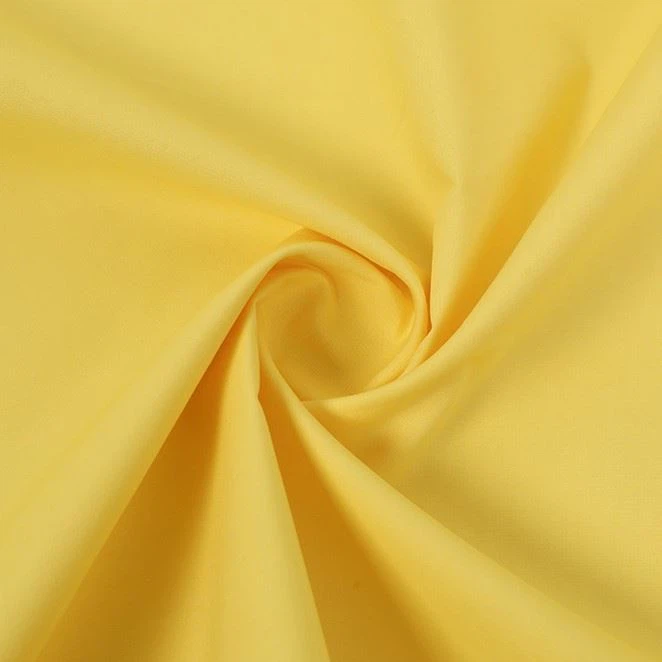
Comparison: Cotton 60s vs Cotton 40s
Cotton 40s uses thicker yarn and tends to feel sturdier, while 60s is lighter and smoother. Each has strengths, depending on use and cost. This section lays out the differences side by side so you can see them at a glance. It’s a quick way to match fabric choice to your goal.
| Feature | Cotton 40s | Cotton 60s |
|---|---|---|
| Yarn thickness | Relatively thicker yarn, coarser feel | Finer yarn, more delicate feel |
| Fabric weight / texture | Heavier, more robust texture | Lighter, smoother texture |
| Hand feel on skin | Good, but less soft | Softer, gentler on the skin |
| Suitable applications | Everyday wear, heavier fabrics | Higher quality clothing, finer fabrics |
| Price & production cost | Lower cost | Higher cost due to finer yarn & process |
| Durability / use | Very good durability | Also good, but may require more careful use in premium contexts |
Practical Applications of Cotton 60s
Cotton 60s shines in products that touch the skin, like T shirts, shirts, and bed sheets. The fine yarn creates a clean, premium look that many brands love. It also works well for pieces that need a soft hand feel without losing breathability. Here are the most common places you’ll see it used. Here are some specific uses where Cotton 60s is commonly selected:
- Apparel: T shirts, polos, casual shirts, dresses where a soft hand feel is desired. The smoother finish of 60s makes the garment more comfortable and visually refined.
- Home textiles: Bedding such as sheets, pillowcases, duvet covers. Because of finer yarn and tighter weave, the surface feels smoother for skin contact.
- Premium segment fabrics: Because the production cost is higher, Cotton 60s is frequently positioned in “better quality” lines compared to 40s.
- Everyday versatility: Although 60s is higher grade, it still remains quite practical for daily use—not only luxury items.
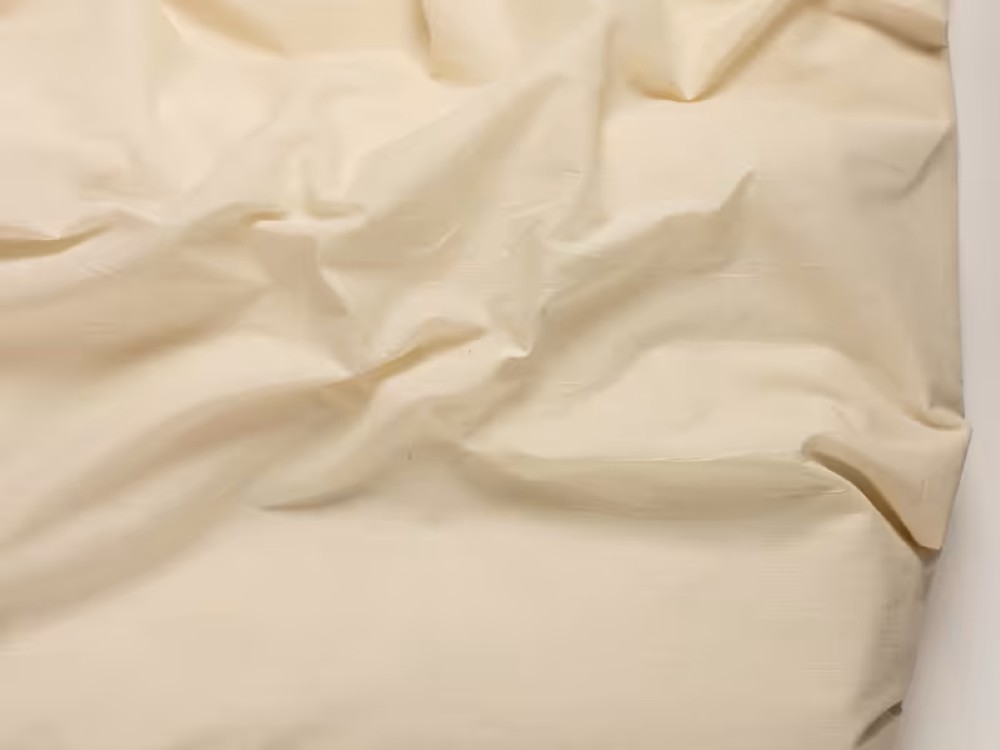
What to Consider Between 40s and 60s
Think about how the fabric will be used, how it should feel, and what you want to spend. If you need a tougher, everyday option, 40s may be enough. If comfort and a smooth touch are top priorities, 60s is a strong pick. Use this checklist to balance quality, price, and purpose.
- Budget vs feel: If budget is constrained and you need durable everyday fabric, 40s may suffice. If you prioritise softness and comfort, 60s is preferable.
- Intended use: For heavier wear, robust usage (e.g., workwear, heavy outerwear) maybe 40s makes sense. For garments close to the skin, or bedding, 60s will offer a more comfortable experience.
- Care & durability: Finer yarns (60s) can be slightly more delicate in certain finishing processes or if blends/synthetics are involved; but good manufacturing mitigates this.
- Label accuracy: Always check that the fabric count is genuine and that other fabric qualities (fibre length, weave density, finishing) align with the count claim. A “60s” label alone doesn’t guarantee premium if production is poor.
Conclusion / Final Word
Choosing between Cotton 40s and 60s comes down to how you value comfort, quality, and cost. Cotton 40s is durable, practical, and perfect for everyday use, while Cotton 60s offers a finer weave, smoother touch, and more premium look and feel. Both are 100% cotton, but they serve slightly different needs — one focuses on sturdiness, the other on softness and sophistication.
In short, if you want comfort and elegance, go with Cotton 60s; if you need strength and long-lasting wear, Cotton 40s is your match. Understanding the yarn count helps you make smarter fabric choices — whether for fashion, home textiles, or daily essentials.

